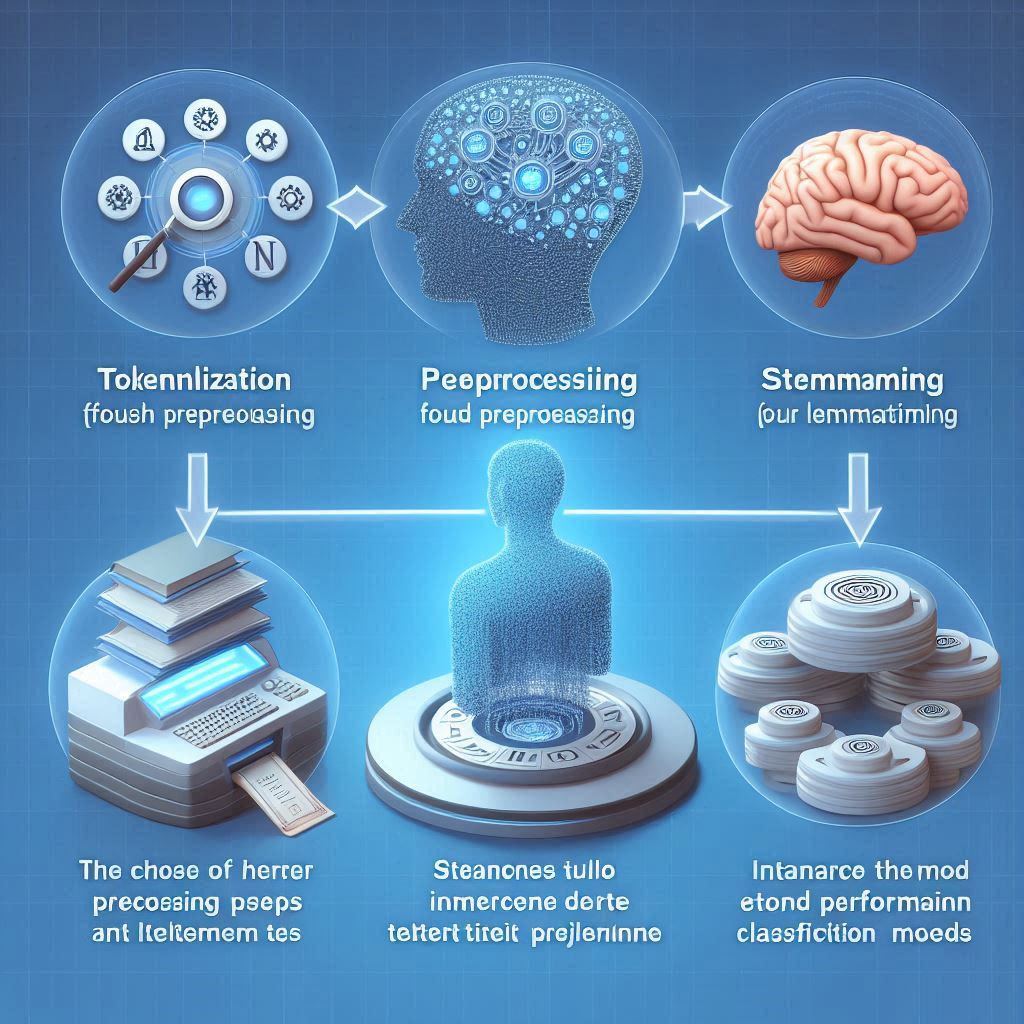In the realm of artificial intelligence (AI) and natural language processing (NLP), crafting effective prompts is akin to striking the perfect chord on a piano—it requires precision, timing, and a deep understanding of the instrument itself. When interacting with AI models like ChatGPT, the quality of the output hinges heavily on the quality of the input: the prompt. A well-crafted prompt serves as the blueprint for the AI’s response, guiding it towards generating accurate, relevant, and insightful content. However, amidst the quest for perfection lies a minefield of pitfalls that, if not avoided, can derail the conversation and undermine the effectiveness of the AI’s responses. This essay delves into one such pitfall: being too vague or open-ended, and explores its implications for crafting effective prompts.
The Pitfall of Vagueness
At the heart of effective prompting lies specificity. A prompt that is too vague or open-ended risks eliciting responses that are generic, lack depth, or veer off-topic. This vagueness stems from a failure to provide sufficient context, clear objectives, or specific constraints that would otherwise guide the AI towards the desired output. Imagine asking someone to describe a tree without specifying whether you’re interested in its leaves, bark, or the birds nesting in it—the result would likely be a broad, unsatisfying overview rather than a focused exploration of any particular aspect. Similarly, when crafting prompts for AI models, failing to narrow down the scope or provide necessary context can lead to similarly unspecific and less useful responses.
Implications of Vagueness
The consequences of crafting vague prompts extend beyond merely receiving generic responses. They can lead to inefficiencies in the conversation, requiring more back-and-forths to refine the query and extract the desired information. Moreover, vague prompts can inadvertently encourage the AI to generate content that is irrelevant or misleading, potentially wasting time and resources. In scenarios where accuracy and relevance are paramount, such as in academic research, business strategy, or customer service, the impact of vague prompts can be particularly detrimental, undermining the value derived from the AI interaction.
Strategies for Avoiding Vagueness
Recognizing the pitfall of vagueness is the first step towards crafting effective prompts. Several strategies can help navigate this challenge:
- Specify the Objective: Clearly state what you aim to achieve with the prompt. Whether it’s gathering information, generating ideas, or solving a problem, being explicit about the objective sets a clear path for the AI’s response.
- Provide Context: Offer enough background information to frame the question or task within a recognizable context. This helps the AI understand the nuances and subtleties inherent in the situation.
- Set Constraints: Define any specific parameters, rules, or guidelines that should govern the AI’s response. This ensures that the output aligns with your expectations and meets the criteria you’ve established.
- Experiment with Different Approaches: Don’t hesitate to iterate on your prompts. Experimenting with various formulations can uncover more effective ways to communicate your intentions and elicit the desired responses.
Conclusion
Navigating the pitfall of vagueness in crafting prompts is crucial for optimizing interactions with AI models like ChatGPT. By embracing specificity, providing context, setting constraints, and experimenting with different approaches, you can steer the AI towards generating responses that are accurate, relevant, and aligned with your objectives. Remember, the art of crafting effective prompts is as much about the journey as it is about the destination—a testament to the intricate dance between humans and machines, where clarity and precision pave the way for meaningful engagement and mutual understanding.
Further reading ...
- https://guidetoteaching.newschool.org/crafting-effective-prompts/
- https://subedi.medium.com/prompt-engineering-101-pitfalls-challenges-c0ee186c44e8
- https://gptbot.io/master-chatgpt-prompting-techniques-guide/
- https://community.openai.com/t/a-guide-to-crafting-effective-prompts-for-diverse-applications/493914
- https://wethinkapp.medium.com/the-art-of-chatgpt-prompting-a-guide-to-crafting-clear-and-effective-prompts-1dfc2589295b
- https://www.youtube.com/watch?v=rZ6TQaXxats
- https://www.quora.com/What-are-the-key-elements-to-consider-when-crafting-a-prompt-to-ensure-clarity-and-avoid-ambiguous-or-misleading-results
- https://www.mxmoritz.com/article/common-mistakes-in-prompt-engineering/
- https://www.linkedin.com/pulse/mastering-art-crafting-compelling-prompts-strategies-audience-duxyc [10] https://www.westmonroe.com/perspectives/resource/the-art-and-science-crafting-effective-prompts-generative-ai












